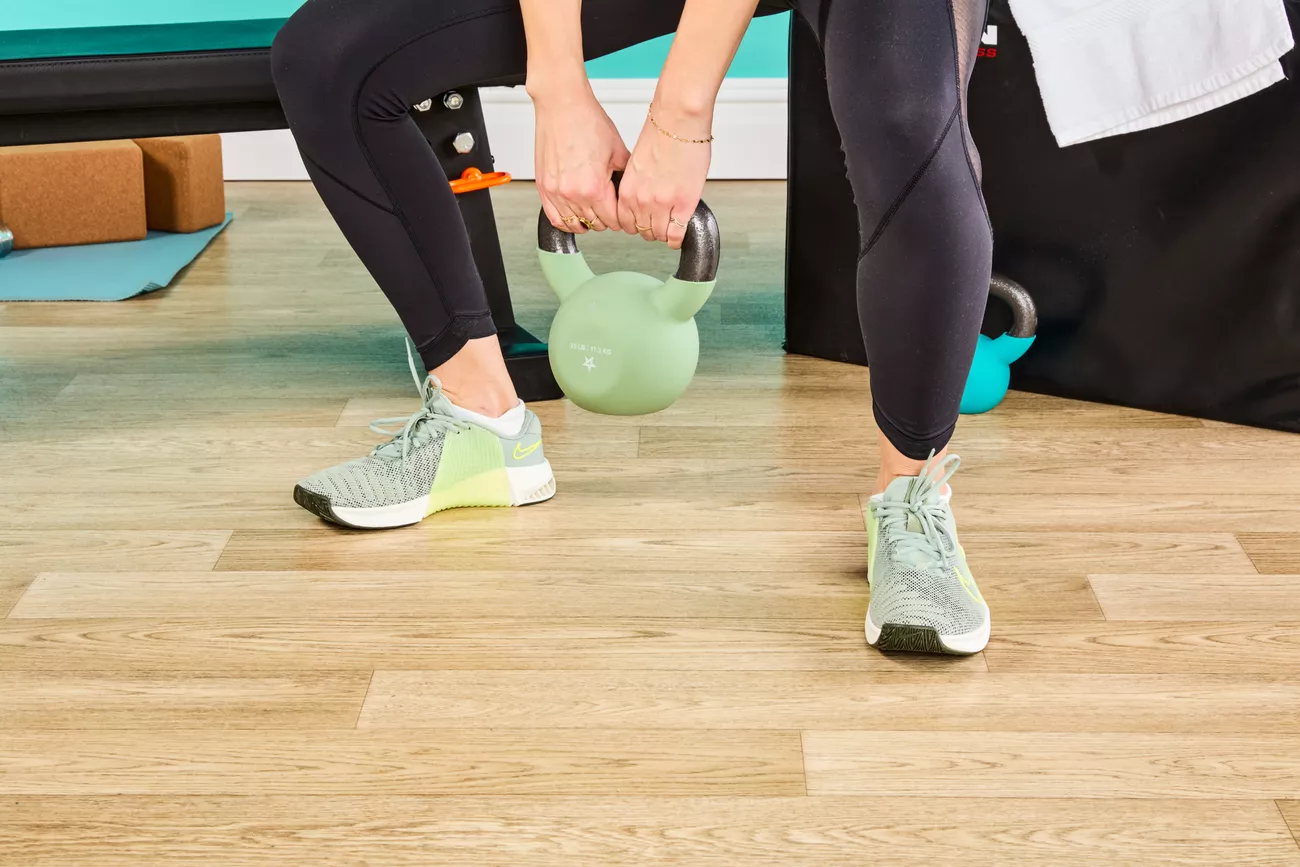A Beginner's Guide to DIY Kitchen Remodeling: Transform Your Space with Confidence
The good news is that with some planning, patience, and the right tools, a DIY kitchen remodel is absolutely achievable. In this guide, we’ll walk you through the steps to help you transform your kitchen into a space that fits both your needs and your style.
1. Assess Your Current Kitchen and Define Your Goals
Before diving into the remodel, it’s essential to clearly assess your current kitchen and set specific goals. This will help you stay on track and ensure the project meets your needs.
Key Questions to Ask Yourself:
- What do I want to improve? Are you looking for more storage, better lighting, updated appliances, or a more open layout?
- What’s my budget? Setting a realistic budget is crucial for managing your expectations and deciding where to allocate your funds.
- What is my skill level? Be honest about your DIY capabilities. While some tasks (like painting or installing a backsplash) are beginner-friendly, others (like plumbing or electrical work) may require professional assistance.
Start with a Vision:
- Browse Pinterest, Instagram, and kitchen design websites for inspiration.
- Consider the layout, colors, materials, and finishes you’d like to incorporate.
- Create a mood board or sketch a rough layout to visualize your ideal kitchen.
2. Create a Detailed Plan and Timeline
A successful remodel hinges on careful planning. Once you’ve assessed your kitchen and defined your goals, break the project down into smaller, manageable tasks.
Key Components to Plan:
- Layout and Design: Will you change the floor plan? Think about whether you'll knock down walls, reposition appliances, or add an island.
- Demolition: If you’re tearing down old cabinets, countertops, or flooring, plan for how to safely handle demolition.
- Materials: Determine which materials you'll use for countertops, cabinets, backsplash, flooring, and lighting.
- Permits and Codes: If you’re making significant structural changes, check local building codes and see if you need any permits.
- Professional Help: Decide which tasks you can do yourself and where you may need professional assistance (for example, electrical work or plumbing).
Timeline:
Remodels can take anywhere from a few weekends to several months, depending on the scale of the project. Create a timeline with estimated completion dates for each phase, and be sure to allow extra time for unexpected setbacks.
3. Set a Realistic Budget
Budgeting is crucial to ensure your remodel stays on track financially. A realistic budget not only helps you control costs but also prevents you from getting overwhelmed.
Budget Breakdown:
- Cabinets: Cabinets typically take up a large portion of the budget. Consider whether you want to replace them entirely or simply update the look with paint or new hardware.
- Countertops: Choose materials that suit both your aesthetic and your budget. Options range from affordable laminate to mid-range quartz and high-end granite.
- Flooring: Options vary from budget-friendly vinyl or laminate to more expensive hardwood or tile.
- Appliances: If you’re upgrading your appliances, prioritize energy-efficient models to save on utility costs long-term.
- Tools and Materials: Factor in the cost of any tools or supplies you’ll need. While some tools may be one-time purchases, others may need to be rented (such as a tile saw).
Contingency Fund:
Always set aside an extra 10-15% of your budget for unforeseen costs. Kitchen remodels often uncover hidden issues, like plumbing problems or electrical concerns, that need to be addressed.
4. Begin with Demolition and Preparation
Before you can begin the fun part—installing new features—you’ll need to clear out the old. Demolition can be messy and time-consuming, but it's a necessary step for a fresh start.
Demolition Checklist:
- Remove Cabinets: Unscrew cabinet boxes from the wall. Be careful not to damage the walls as you remove them. If you plan to reuse the cabinets, remove doors and hardware carefully.
- Remove Countertops: Depending on the material, countertops can be removed with a crowbar or hammer. If you have granite or quartz countertops, it's better to hire a pro.
- Tear Up Flooring: If replacing flooring, start at a corner and work your way toward the exit to avoid stepping on the bare subfloor.
- Disconnect Plumbing and Electrical: If you're moving sinks or dishwashers, you'll need to disconnect the plumbing. The same goes for appliances—be sure to turn off power before working with electrical components.
Tip: Label wires and pipes before removing them. Taking photos during demolition can help you remember where everything goes.
5. Tackle the Big Installations
Once the space is cleared, it’s time to tackle the big installations. While some aspects of a kitchen remodel can be DIY, others—especially those involving plumbing, electrical, or gas—may require professional help. Here’s a breakdown of key tasks:
1. Install Cabinets
- Pre-Assembled vs. Flat-Pack: Depending on your budget and skill level, you can either purchase pre-assembled cabinets or assemble them yourself. Pre-assembled cabinets are quicker to install but more expensive.
- Installation: Use a level to ensure cabinets are straight. Start with the upper cabinets first, followed by the lower ones. Secure them to studs in the wall for stability.
2. Install Countertops
- Laminate Countertops: DIY-friendly and relatively easy to install, laminate countertops can be cut to size with a circular saw.
- Stone Countertops: Granite, quartz, and marble may require professional installation due to their weight and precision.
- Edge Profiles: If you're working with stone, consider having custom edges cut at the time of purchase.
3. Install Backsplash
- Tile Backsplash: Use tile adhesive to apply tiles to the wall, and finish by grouting the seams. Consider using peel-and-stick tiles if you’re looking for a quick solution.
- Mosaic or Subway Tile: For a more intricate look, mosaic or subway tiles can add texture and style, but they require more precise cutting and planning.
4. Install Flooring
- Vinyl or Laminate Flooring: Easy to cut and install, these options are great for beginners. Use a jigsaw or utility knife to trim the pieces and install the flooring plank by plank.
- Tile Flooring: If you’re installing tile, you’ll need to apply mortar, set each tile precisely, and grout the spaces between them.
6. Finishing Touches: Painting, Lighting, and Decor
Once the main structural work is done, it’s time for the finishing touches that will make your kitchen feel polished and complete.
1. Paint Walls and Cabinets:
- Cabinet Painting: If you're updating your cabinets with paint, be sure to sand the surfaces first and apply a good-quality primer and paint for durability.
- Wall Colors: Light, neutral colors often make a small kitchen feel bigger and brighter, but don’t be afraid to add a pop of color with an accent wall or backsplash.
2. Install Lighting:
- Under-Cabinet Lighting: This type of lighting adds both style and function. Install LED strips under cabinets for task lighting.
- Pendant Lights: Consider hanging pendant lights over an island or breakfast bar to add visual interest.
3. Add Final Decorative Touches:
- Hardware: Update cabinet knobs and pulls for a modern touch.
- Open Shelving: If you’re removing upper cabinets, open shelving can offer a trendy way to store dishes, glasses, and other kitchen essentials.
- Decor: Personalize the space with decorative items like plants, artwork, and stylish kitchen accessories.
7. Enjoy Your New Kitchen
After all the hard work, the time will come to step back and admire your transformation. With your DIY kitchen remodel complete, take pride in the fact that you tackled the project from start to finish. Whether you completed everything yourself or brought in some professionals for the trickier tasks, your kitchen will now be a beautiful, functional space that reflects your personal style.
Remember, DIY remodeling takes patience and effort, but the rewards are immense—especially when you get to enjoy your updated kitchen for years to come. Happy remodeling!






